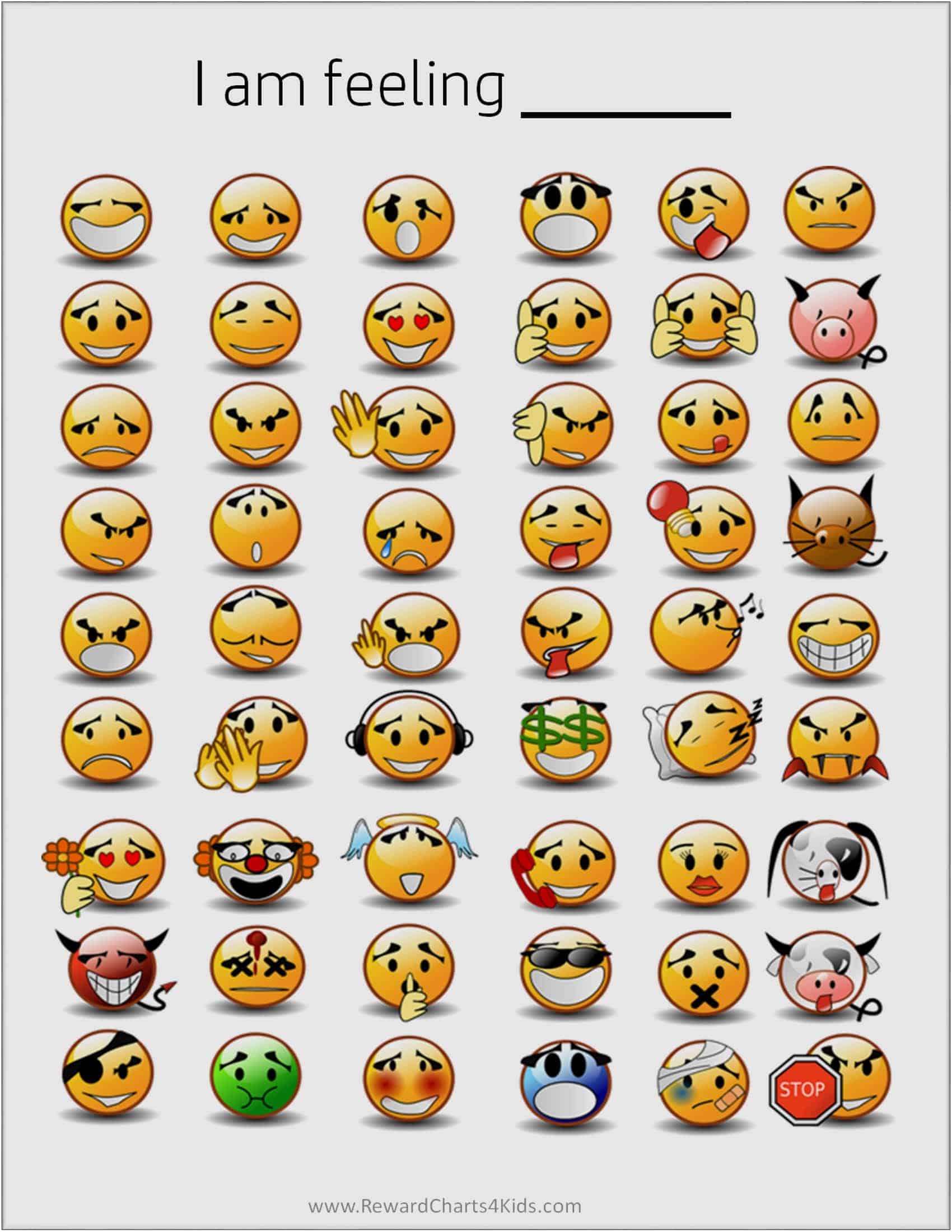Today, I want to talk about something that affects all of us at some point in our lives - our feelings. Emotions are an integral part of being human, and understanding them is essential for our overall well-being. As a white person in the United States, it’s important to acknowledge and validate our feelings while also considering how our experiences may differ from those of others.
Feelings Chart
Let’s start by exploring a feelings chart, which is a helpful tool to identify and express emotions. By recognizing and labeling our feelings, we can better understand ourselves and communicate with others effectively. Below are some wonderful examples of printable feelings charts:
 The first chart I came across depicts a range of emotions – both positive and negative. It’s important to remember that emotions are not good or bad; they simply reflect our internal state at a given moment. This particular chart can be a helpful tool for adults and kids alike.
The first chart I came across depicts a range of emotions – both positive and negative. It’s important to remember that emotions are not good or bad; they simply reflect our internal state at a given moment. This particular chart can be a helpful tool for adults and kids alike.
 Another feelings chart I found presents emotions in a colorful and visually appealing way. This chart could be particularly helpful for children, as it combines pictures with words to help them identify and express their feelings more easily.
Another feelings chart I found presents emotions in a colorful and visually appealing way. This chart could be particularly helpful for children, as it combines pictures with words to help them identify and express their feelings more easily.
 If you prefer a more simplistic design, this printable feelings chart might be just what you’re looking for. Its clean layout provides space for you or your child to write down the emotions experienced throughout the day.
If you prefer a more simplistic design, this printable feelings chart might be just what you’re looking for. Its clean layout provides space for you or your child to write down the emotions experienced throughout the day.
 For those who prefer a more comprehensive chart, this printable PDF offers an extensive list of emotions alongside their corresponding faces. It’s a visually engaging way to explore the complexity of our emotions.
For those who prefer a more comprehensive chart, this printable PDF offers an extensive list of emotions alongside their corresponding faces. It’s a visually engaging way to explore the complexity of our emotions.
 Lastly, this cute and relatable feelings chart features adorable cartoon characters expressing different emotions. Its playful design may resonate with children and even adults who appreciate a touch of whimsy.
Lastly, this cute and relatable feelings chart features adorable cartoon characters expressing different emotions. Its playful design may resonate with children and even adults who appreciate a touch of whimsy.
Whether you choose to utilize a feelings chart or find alternative ways to identify and navigate your emotions, remember that the goal is to develop emotional intelligence and cultivate self-awareness. Understanding our own feelings can lead to better self-care practices and more fulfilling relationships with others.
It’s worth noting that experiences and cultural backgrounds can influence how we perceive and express our emotions. As white people, we must be mindful of our privilege and acknowledge that others may have different experiences and emotional needs. By practicing empathy and actively listening to those from diverse backgrounds, we can foster understanding and create a more inclusive society.
So, take some time today to reflect on your own emotions and explore a feelings chart that resonates with you. Remember, it’s okay to feel a wide range of emotions, and by embracing and understanding them, we can lead more fulfilling lives.